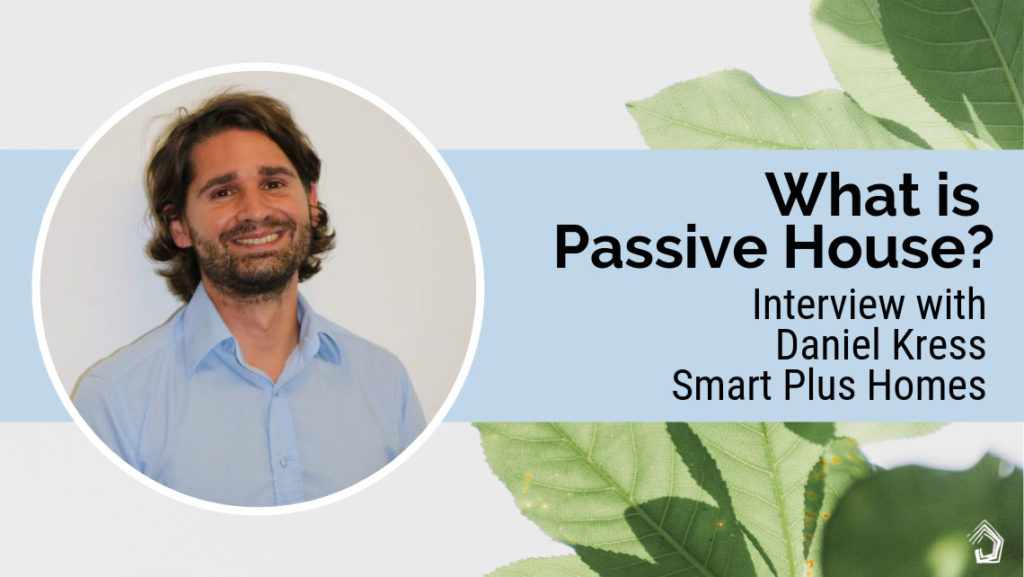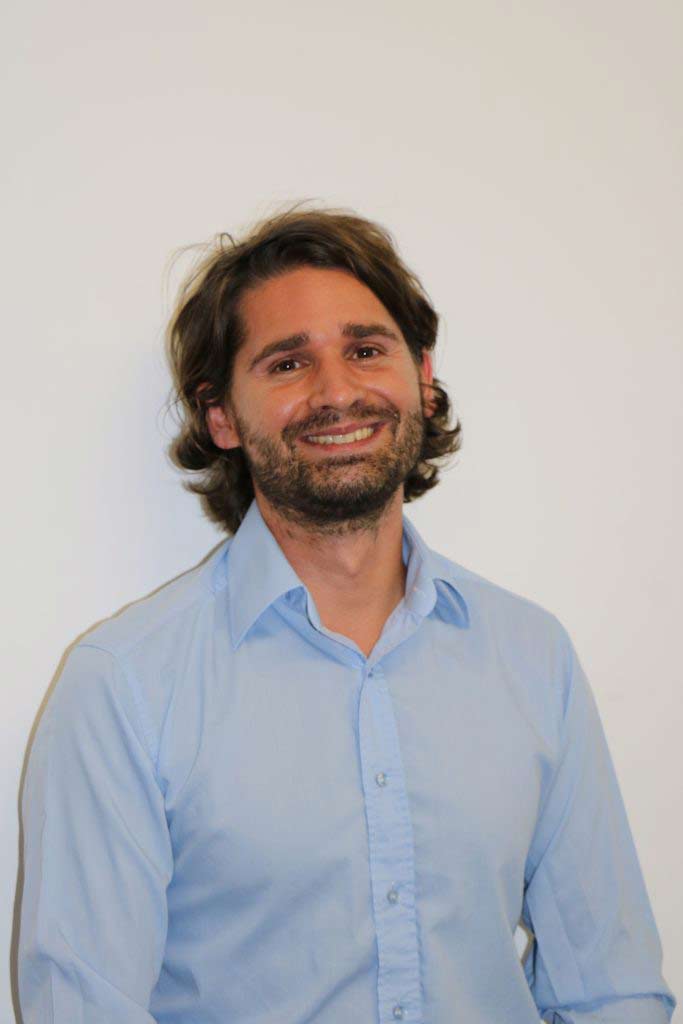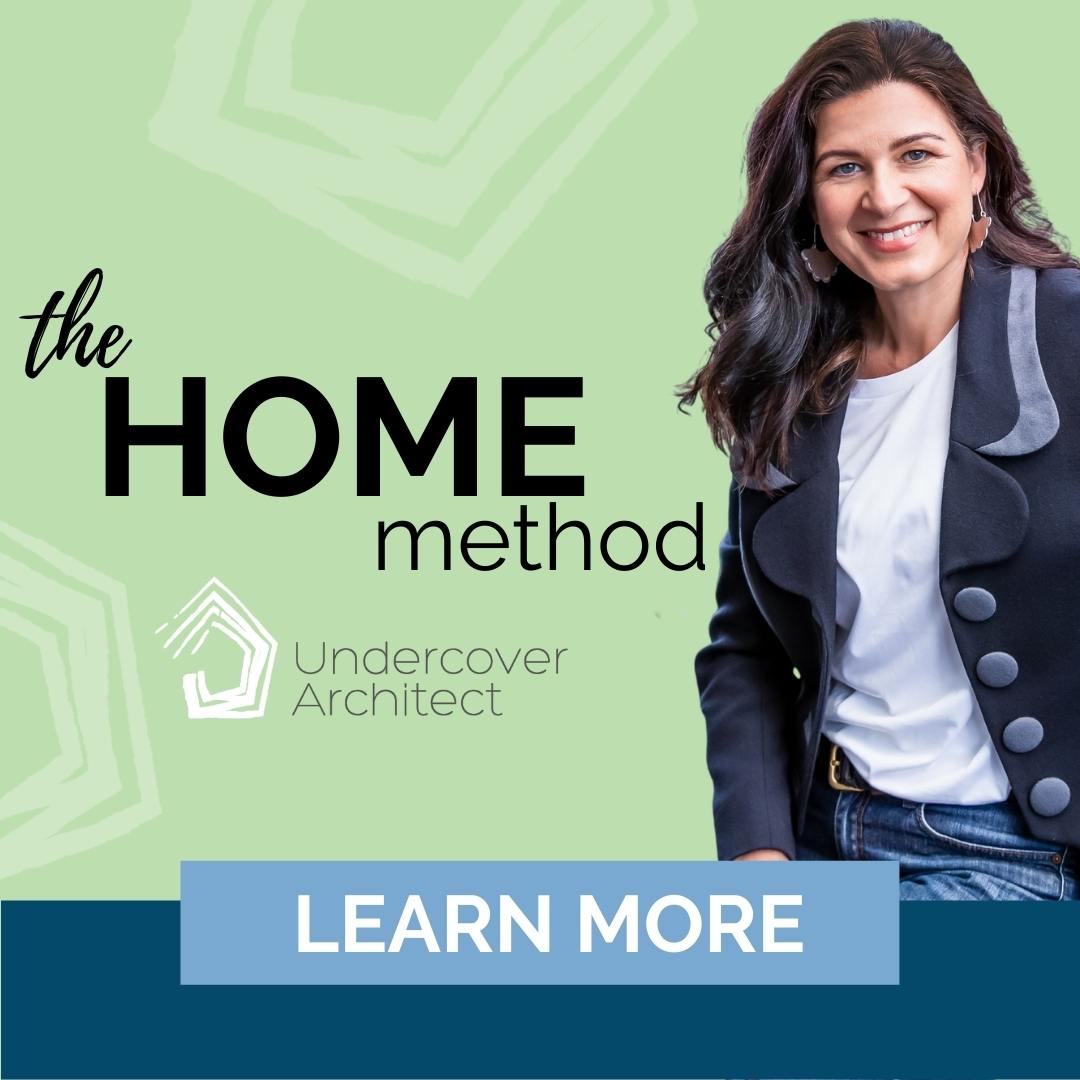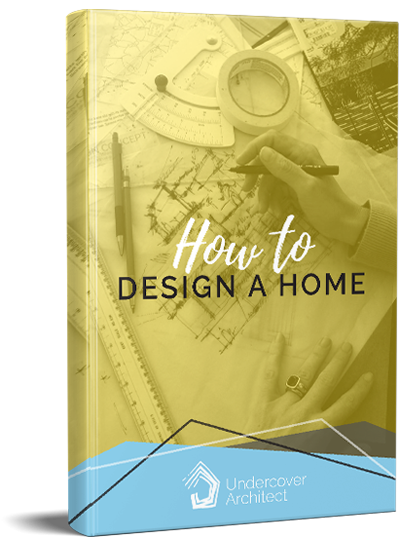
What is Passive House? Or Passivhaus (as the Germans say!)
Passive House offers an opportunity to create a home that is comfortable, improves your health and well-being, and lowers the energy use of your home.
What’s Passive House? Well, you may be familiar with it when it’s spelt the German way – Passivhaus.
Let me say upfront … Passive House is not to be confused with Passive Design or Passive solar design.
Passive House is a specific way of designing and building a new or renovated home so it meets certain requirements that lower its energy use and improves the health and wellbeing for its occupants.
It creates energy efficient homes. It gives a system to design, test and audit the home’s performance overall. And I actually think it’s going to get some serious traction in Australia as the best way to build or renovate your home.
Overseas, particularly in Europe, it’s popular for its ability to create energy efficient, comfortable homes that don’t need significant heating and cooling, even in extreme climates (picture snow up to the gutters!)
Here, even though in some areas of Australia – and in the USA for my American listeners – our climates may seem too mild for many to be concerned. However, Passive House offers a huge opportunity to really understand and know before you commit to construction, how your home will feel to live in, and what it will cost to run.
And that is what seriously excites me for you as the homeowner, building or renovating your family home. Imagine being able to predict exactly how your house will perform, how comfortable it will be and what it will cost to heat and cool – BEFORE you build it. And then, having a system and auditing process in place so it gets tested during and after construction, and a certificate provided to show it actually performs as promised.
That’s what Passive House enables you to do.
In this episode, I’m talking with Daniel Kress.

Daniel recently became certified to teach the Passive House Designer/Consultant course, and the Passive House Tradesperson course. Daniel is passionate about educating Australians about Passive House and high performance buildings.
Daniel started his career as a carpenter in Germany and then worked in Ireland on the biggest residential modular project in the world at that time. After 10 years in the building game he started his studies in civil engineering and worked as a researcher for the European Union in sustainable building. He finished his German and Canadian master degrees with the Thesis: Passive House design for Perth, Western Australia.
Daniel is currently based in Perth (which is interesting because of Perth’s mild (hot) climate and the often asked question about if PH is relevant in such climates).
Daniel has a background as a Civil Engineer and a Carpenter, so comes from a different perspective on this. He is also very passionate about sustainable, healthy buildings and indoor air quality, which the most important results of Passive House.
He’s on the current Australian Passive House Association (APHA) board. The Australian Passive House Association is an independent, not-for-profit organisation which aims to promote Passive House principles as a way of providing superior indoor comfort and air quality while reducing energy use and carbon emissions from Australia’s buildings.
Daniel also runs his business Smart Plus Homes. Smart Plus Homes helps professionals and future homeowners to create healthy and comfortable homes and buildings that are energy efficient and sustainable. They do this through education, consultancy and design and provide the knowledge required to ‘connect the dots’ and understand the importance of energy efficient designs for comfort and health.
So Daniel is very well-positioned … as an educator, engineer, designer and consultant (and a German!) … to talk to us about Passive House.
In this episode, Daniel and I talk about:
- What is meant by the term “Passive House” or Passivhaus
- How and why did you get so interested in it and choose to pursue not only building and designing this way, but also becoming a trainer in the certification courses?
- What are the benefits of creating a Passive House?
- What are the key components of achieving or creating a Passive House? How do you create one?
- What do you see people get wrong in what they understand about Passive House?
- Is it possible to renovate and create a Passive House? Or is this only achievable when building new?
- Is building a Passive Home more expensive?
- The certification education you do … why is it necessary for a homeowner to use a certified Passive House Consultant. What difference does this make? And is the house only a Passive House if it’s designed and / or certified by a Certified Consultant?
This episode is an introduction to what Passive House is. As a building system, it involves a range of measures to have your home performing the way it needs to, to be deemed a Passive House.
LISTEN TO THE EPISODE HERE:
This episode is brought to you by my flagship online program, HOME Method.
This is THE program to get ready for your renovation or building project in the best way possible.
In it, I share my step-by-step system to help you save time, money and stress in your project, so you can know what you need to know and create the perfect home for you – simply and with confidence … avoiding the dramas and heartaches.
You can join now, get access to a fantastic Facebook community, Live Q & A sessions with me, and all the tools and resources you need to achieve success in your project. Head to HOME Method to learn more and join us.
RESOURCES MENTIONED IN THIS PODCAST:
Daniel’s business, Smart Plus Homes >>> https://smartplushomes.com.au
Australian Passive House Association >>> https://passivehouseaustralia.org/
Passive House explained in 90 seconds (video) >>> https://www.youtube.com/watch?v=CasrjYhZB1M


 With over 30 years industry experience, Amelia Lee founded Undercover Architect in 2014 as an award-winning online resource to help and teach you how to get it right when designing, building or renovating your home. You are the key to unlocking what’s possible for your home. Undercover Architect is your secret ally
With over 30 years industry experience, Amelia Lee founded Undercover Architect in 2014 as an award-winning online resource to help and teach you how to get it right when designing, building or renovating your home. You are the key to unlocking what’s possible for your home. Undercover Architect is your secret ally
What great timing, just siting at my desk planning a new build!
I am wondering about the Embodied Energy of all the ProClima type wrap and bridging products, it seems like a lot of what essentially looks like plastic, which doesn’t seem very eco friendly?
We’ve just had a 42 deg day here, I see plastics degrade overtime, it would be good to know how inert these products are.
Great work again AL!!
Bests for 2019!
Hey Sarah,
Sounds like perfect timing! I’m not sure re the ProClima … I’ll get in touch with Daniel Kress and see if he can shed some light on it. Thanks so much for listening and for your feedback!
Best to you for 2019 too,
– Amelia, UA x
Hey Sarah,
I asked Daniel about your question, and this was his feedback:
“The weakest spot in the airtightness layer is the glue line. If something will fail it is the chemical bond. Pro Clima gives a 100-year warranty on their adhesive. That’s what I call confidence in a product. Yes the membranes used are “plastic” based but if I can use a plastic bag for 100 years to save 1000s of kWh I believe its a good use of a plastic bag. ;)”
Hope that helps!
– Amelia, UA